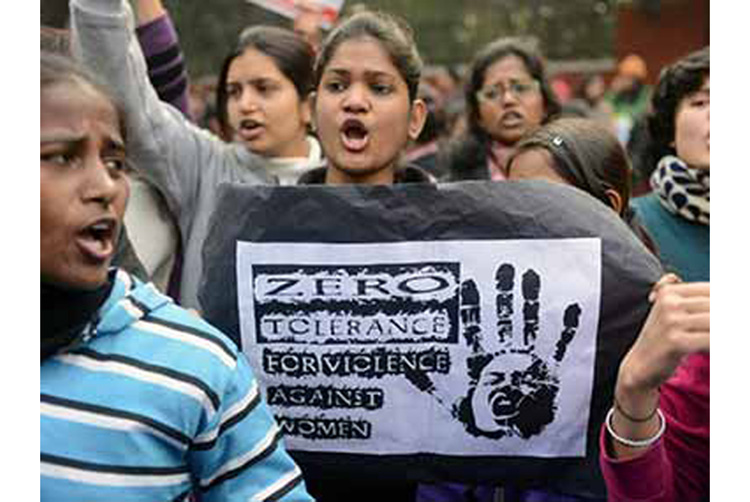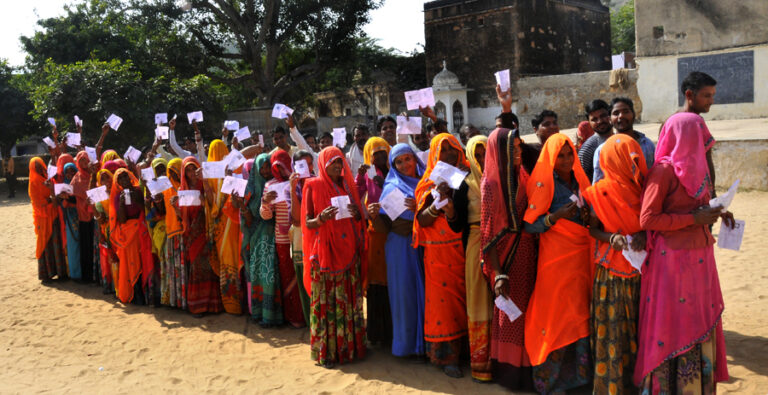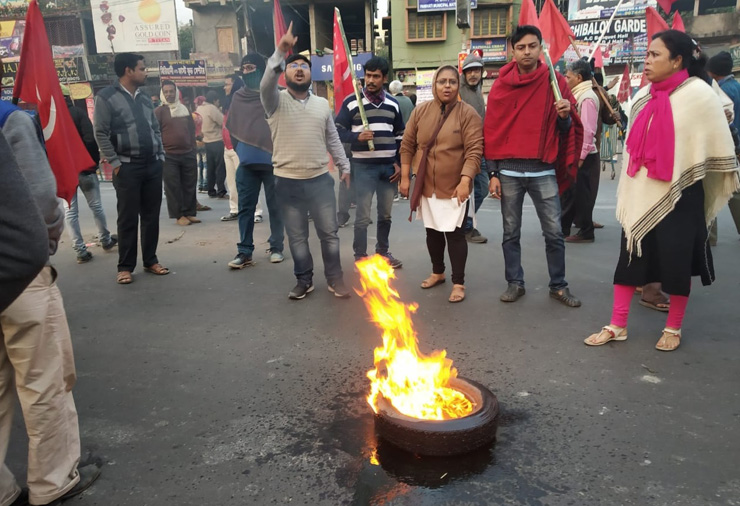Patna: The horrific incident of a minor girl being allegedly gang-raped and brutally murdered in Buniyadganj in Gaya district in Bihar, is getting murkier. Now the police is claiming that it is a case of ‘honour killing’. The body of a 16-year old girl was found on January 6, around 600 metres away from the victim’s Rampur Manpur Patwatoli residence. Followed which Gaya police arrested the victim’s father and his friend the alleged honour killing case.
Buniyadganj police had recovered the badly mutilated body of the girl. The victim has been beheaded following which her head was doused in acid to make the identification difficult. The victim’s clothes were torn and the upper half of her body deep wounds.
Gaya police have arrested the victim’s father and his friend Leela Patwa on charges of honour killing.
Gaya police is claiming that the victim’s elder daughter had also recorded her statement in a local court under section 164 of CrPC. “The girl’s elder sister in her statement at the court had stated that the victim who was missing since December 28 had returned home on December 31. Her father and his friend (Leela Patwa) beat up the girl for eloping with a youth. On January 4, the friend of the victim’s father came again to their house and took the girl to an unknown place, following which the girl’s beheaded body was found on January 6,” said Gaya SSP, Rajiv Mishra.
Mishra while taking to eNewsroom, said: “The police is investigating the case and probing all possible angles behind the gruesome murder.”
However, the locals of Patwatoli and members of weavers (Patwatoli) community are not ready to buy the police theory behind the murder. The locals on January 9 and 10 organised candle marches in Gaya town to protest against the police inaction and for targeting the family members of the victim.
Prem Narayan Patwa, president of Vastra Udyog Bunkar Sewa Samiti (Patwatoli) told eNewsroom, “The police is unnecessarily targeting the victim’s family. The victim’s elder sister had given her statement under police duress and the police is cooking up the story to shield some influential person behind the incident. We have demanded a probe by Special Investigation Team (SIT) or CBI.”
Echoing the views of Prem Narayan Patwa, Bablu Patwa a resident of Patwatoli who knows the deceased family members said that the deceased family members were subjected to third degree torture to admit to the case of honour killing.
Bablu Patwa said that family members were pressured by police to confess that the victim had returned home December 31 night and was thrashed by family members for eloping with the youth.
Bablu said, “I know the family members, they are poor with victim’s father not even having enough financial resources to meet their daily requirements.” Bablu also refuted the allegations that the girl was having any affair with any youth, ruling out the possibility that she had eloped with any youth. The residents of Patwatoli also claimed that police are yet to receive the post mortem report of the victim and they have also not recovered the murder weapon.
Meanwhile, on Saturday Magadh range DIG Vinay Kumar along with Gaya SSP Rajiv Mishra and other senior police officials visited the victim’s residence at Patwatoli and assured the family members that within seven days they will carry out point by point probe. The of Vastra Udyog Bunkar Sewa Samiti (Patwatoli) who had given a two day bandh call today lifted the bandh after an assurance from police. The Patwatoli once known as Manchester of Bihar houses more than 1000 power looms domited with Patwa weavers community. The area is also known for producing IIT-ians as several students from the locality every year are in IIT merit list.














